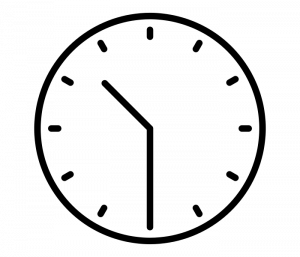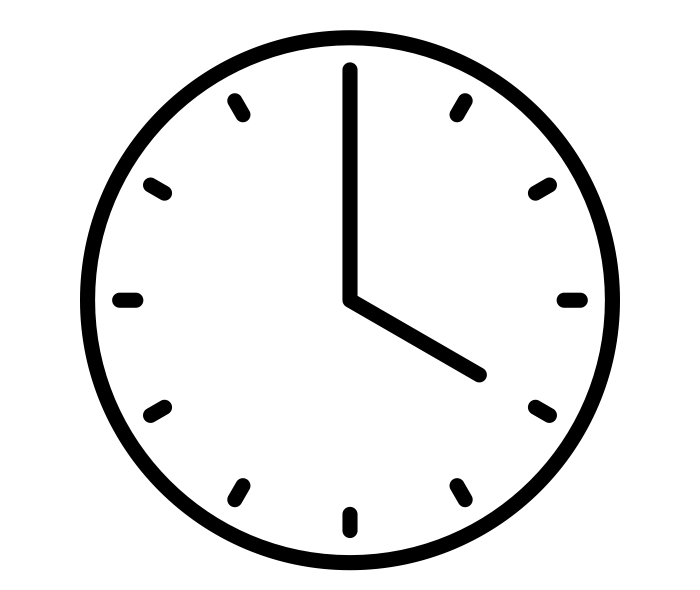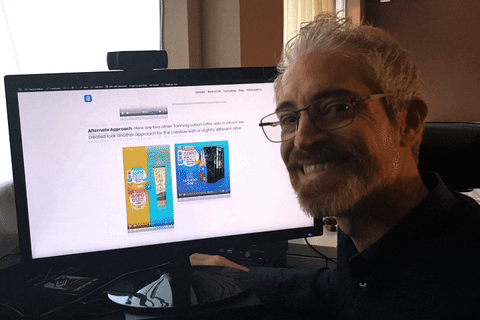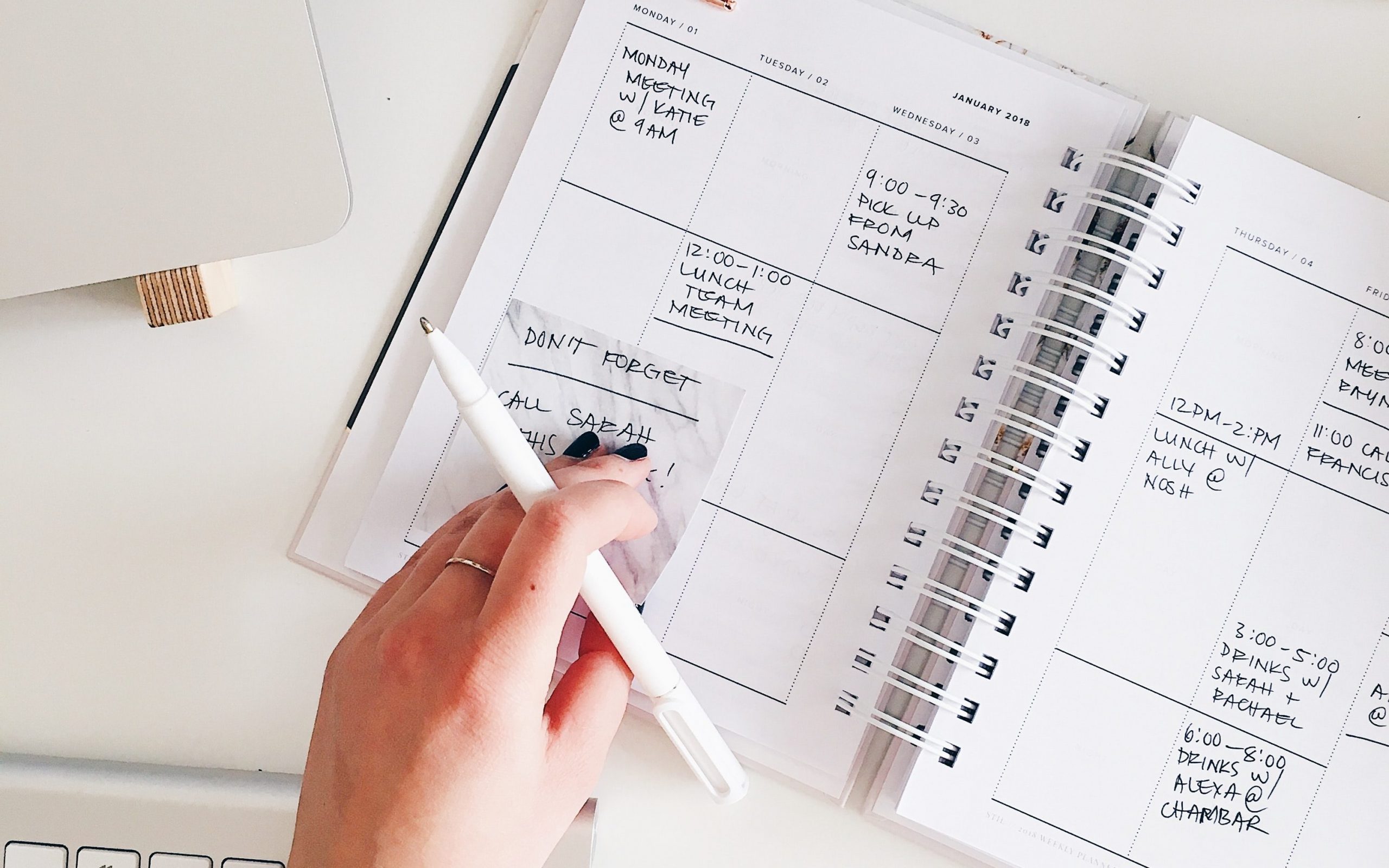
As part of our Day in the Life series, we talk to programmatic specialists in the digital media industry. Below is an excerpt of some of the answers in our conversation with a Programmatic Manager in a media agency with a quick overview of what a typical day looks like.
The responsibilities of a Programmatic Manager in client-side, ad tech-side or sell-side could be very different. We hope to cover these areas one day, and discover the nuance of working in each of these firms.
You might also wish read up on our A Day in the Life: Programmatic Trader article where we unpack what a Programmatic Trader does day-to-day.
What does a Programmatic Manager do?
Manage a team of programmatic traders, lead conversations on programmatic strategy and maintain relationships across both internal and external teams.
What’s in the job?
Generally, being a programmatic manager in a media agency entails the following responsibilities:
Campaign & Team Management
Managing traders & campaigns: Oversee traders who are directly handling campaigns and assist them with campaign troubleshooting. Depending on manpower and team structure, we may step in to personally manage campaigns of larger scale or complexity.
Client Management
Developing clients’ programmatic strategy: With a macro-view of all traders and campaigns, we identify and review opportunities to test new betas, products or approaches across accounts. We also continuously assess the long-term plan for programmatic buying with planning/client teams, taking into account the overall cross-channel media strategy.
Tech and Vendor Management
Refining and ensuring alignment of the agency’s programmatic priorities: Together with the leadership of the agency’s programmatic and investment teams, we audit and manage relationships with programmatic/adtech vendors (DSPs, SSPs, data providers, measurement partners etc.).
We align on the overall direction of traders and campaigns under their purview.
Process & Workflow Management
Process and Team Management: We periodically review internal processes by finding opportunities for streamlining/automation. We also review workload allocation of the team, with each trader’s personal goals and development in mind.
A Typical Day of a Programmatic Manager

0830
Keeping up with industry developments
To be able to analyse and assess agency’s internal approach to programmatic, we must keep abreast of the latest industry news. This helps us formulate better insights in technological approaches (reading news on adtech partners) and team processes (reading news on agency/holding group movements) to consider the potential impact on existing ways of working. I typically uses the following channels:
AdExchanger, AdWeek – for the latest, verified news on adtech. They also typically include good introductory and explainer articles on new/nascent technology.
CampaignAsia – for agency developments and thought leadership articles in Asia.
Reddit & Discord – for the latest scoop on programmatic media. These channels also provide a good avenue for discussion on programmatic to understand different viewpoints outside of my own. My favourites are r/adops and r/programmatic on Reddit (still typically US/EMEA-centric) and the Digitally Anonymous channel on Discord (APAC-focused community of media professionals from agency, client and adtech sides).

0900
Check campaign performance across clients/traders and personal deliverables

- Use agency-level or cross-account dashboards to get a quick snapshot of campaign performance. This typically falls under individual traders to manage their own campaigns but will require a programmatic manager to check on overall campaign health. Dashboards are used to catch abrupt pacing/performance changes and spikes, as well as spot best practice infringements or gaps across teams.
- Depending on internal tools used, it is relatively simple to set-up a dashboard using data visualisation tools (Tableau, Datorama or Google Data Studio which is free) or do it directly on Excel or Google Sheets.
I also use this time to check emails and address urgent issues. Being a manager, I would be looped into email threads across traders. I use this time to read through them to monitor campaign progress and see where assistance is potentially needed.

1000
Daily scrum/sync with internal team
- Check in with the trading team on deliverables for the day and reallocate workload where possible. We also use this time to troubleshoot or update the status for ongoing tasks (that are often covered in emails).
- Weekly syncs with managers and directors within the team to review existing processes/priorities and allocate test opportunities across the trading team

1030
Assist team on client deliverables and timekeeping across tasks

Following team syncs, this will be the time to help traders troubleshoot their programmatic campaigns or help revise proposed media plans and campaign analysis/reports. This is crucial for programmatic managers to properly guide and ensure traders have proper assistance for work that goes out.

1230
Lunch!
I use this time to unwind and re-prioritise after a hectic morning. If I have urgent tasks to tend to in the morning, I sometimes use this window to catch-up on industry news and developments instead.
On busy days, I would take a quick lunch, and would use the remaining time to catch up with Planning and Analytics teams for campaign/account review. Of course, only if they are available and not when they are having their break.

1400
Work on programmatic projects

We are responsible for ensuring that broader work streams and projects have progress. As programmatic media buying covers various aspects, projects are typically delegated across managers. I check in on the status of ongoing tests under my purview, that are conducted by the team (platform betas, new partners test review) and build internal documentation and analysis.
We also use this time for vendor meetings to assess new opportunities and periodically review existing partnerships.

1600
Assist client teams on building strategy decks and reviews

On top of active campaigns, broader strategy decks are produced for future campaigns as well as review of past-performance. We craft the programmatic strategy while working with individual traders to develop in-depth analysis.

1700
Trader check-ins
As programmatic managers, we ensure traders are coping well and developing professionally in the right direction. I use this time for 1-to-1 catch ups to get a sense of how their week has been as well as address personal concerns.
We take this time to review their career growth and guide/mentor them through issues they face. As the day closes, this time is also crucial to check on outstanding tasks and re-allocating work so everyone can log off on time!

1800
Closing off the day!

This time is used to quickly review the next day’s tasks and plot out critical projects/checkpoints in the coming weeks and assess our progress. This time is used to quickly review the next day’s tasks and plot out critical projects/checkpoints in the coming weeks and assess our progress.
Hopefully, this article has helped you to get a sneak peek into what Programmatic Managers do on a typical day. Feel free to comment any questions or share your thoughts in the section below or drop us an email! 🙂
Image Credits
Time Icons – Marta Ambrosetti via NounProject
Imagery – Mimi Thian, Headway, Brooke Cagle, via Unsplash; Stories, via Freepik
GIFs – GIPHY


